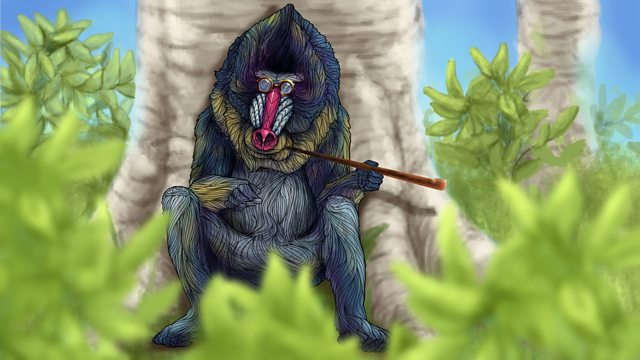
Whales
Brett Westwood learns how these vast creatures have undergone a remarkable transformation. Once feared as sea monsters, they became a resource for oil, food, blubber and bone
Brett Westwood learns how these vast creatures have undergone a remarkable transformation. Once feared as sea monsters, they became a valuable resource for oil, food, blubber and bone. In the 20th century, as their numbers dwindled, they suddenly became an image of fragility - a victim of humanity’s ruthlessness. They became seen as creatures that sing and represent peace, a transformation created by the media.
Although there are many species of whale ranging in size and body shape, most people have one image in their minds, a kind of super-whale that amalgamates all that is good about nature. “Save the Whale” is a household slogan.” This was demonstrated by the public reaction to the Thames Whale, a female bottle-nosed whale that became stranded in London 10 years ago. People went into the water to try to save her, she was photographed, written about and sung about as people became entranced by her increasingly desperate plight. She was a wildlife media sensation. After her death popular newspapers even paid for the skeleton to be preserved in a glass case rather than broken up into drawers.
The media defines our view of the whale as either a wonder to be protected or a traditional resource to be exploited. Here in the UK the removal of the national treasure that is “Dippy the dinosaur” from the foyer of the Natural History Museum, to be replaced by a blue whale skeleton, shows how much this animal means to the public today.
Podcast
-
![]()
Natural Histories
Stories of nature’s impact on human culture and society through history.

